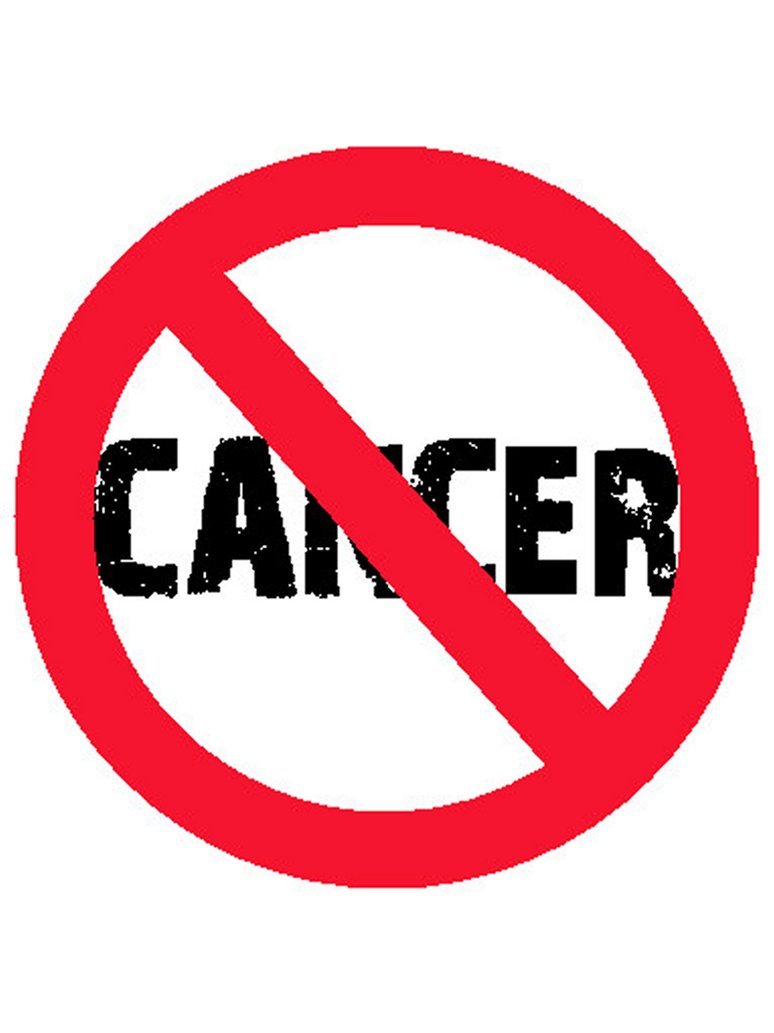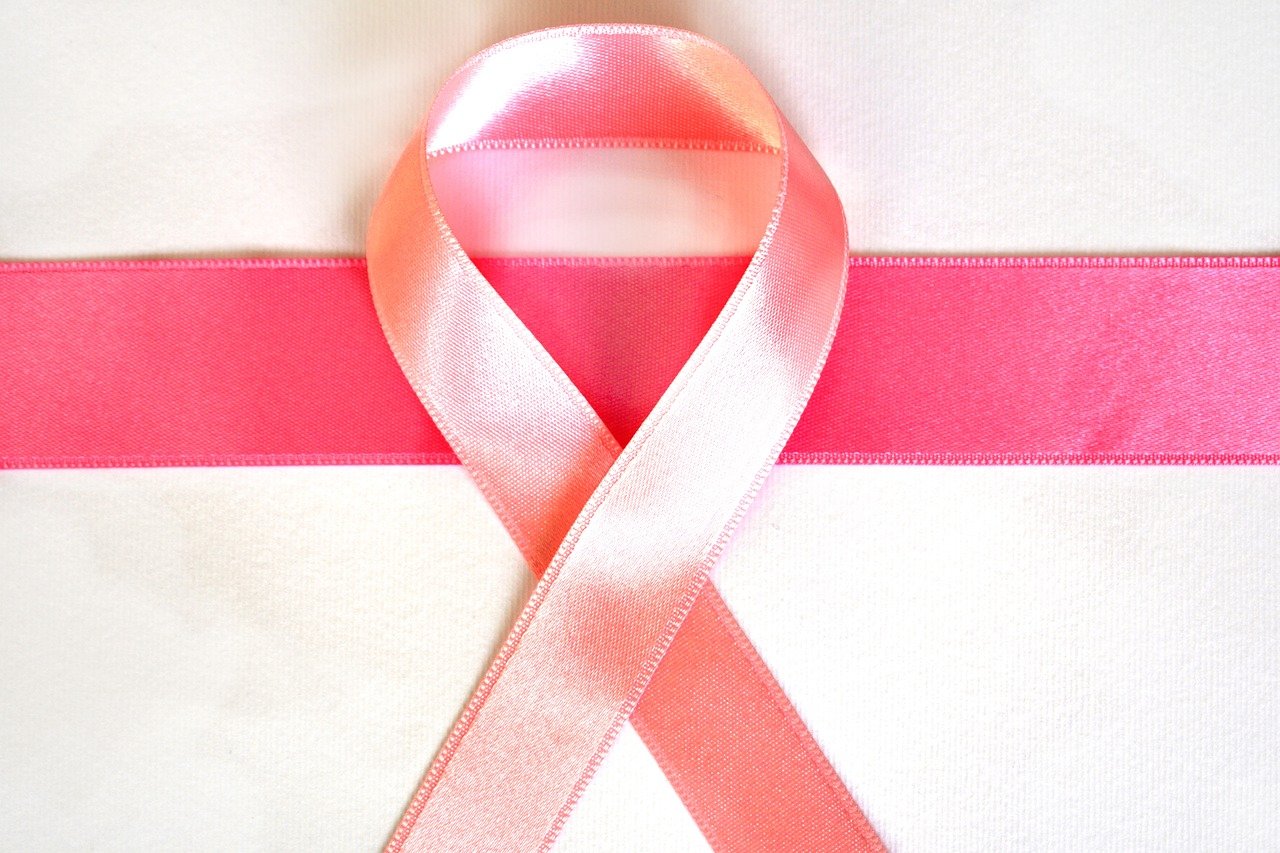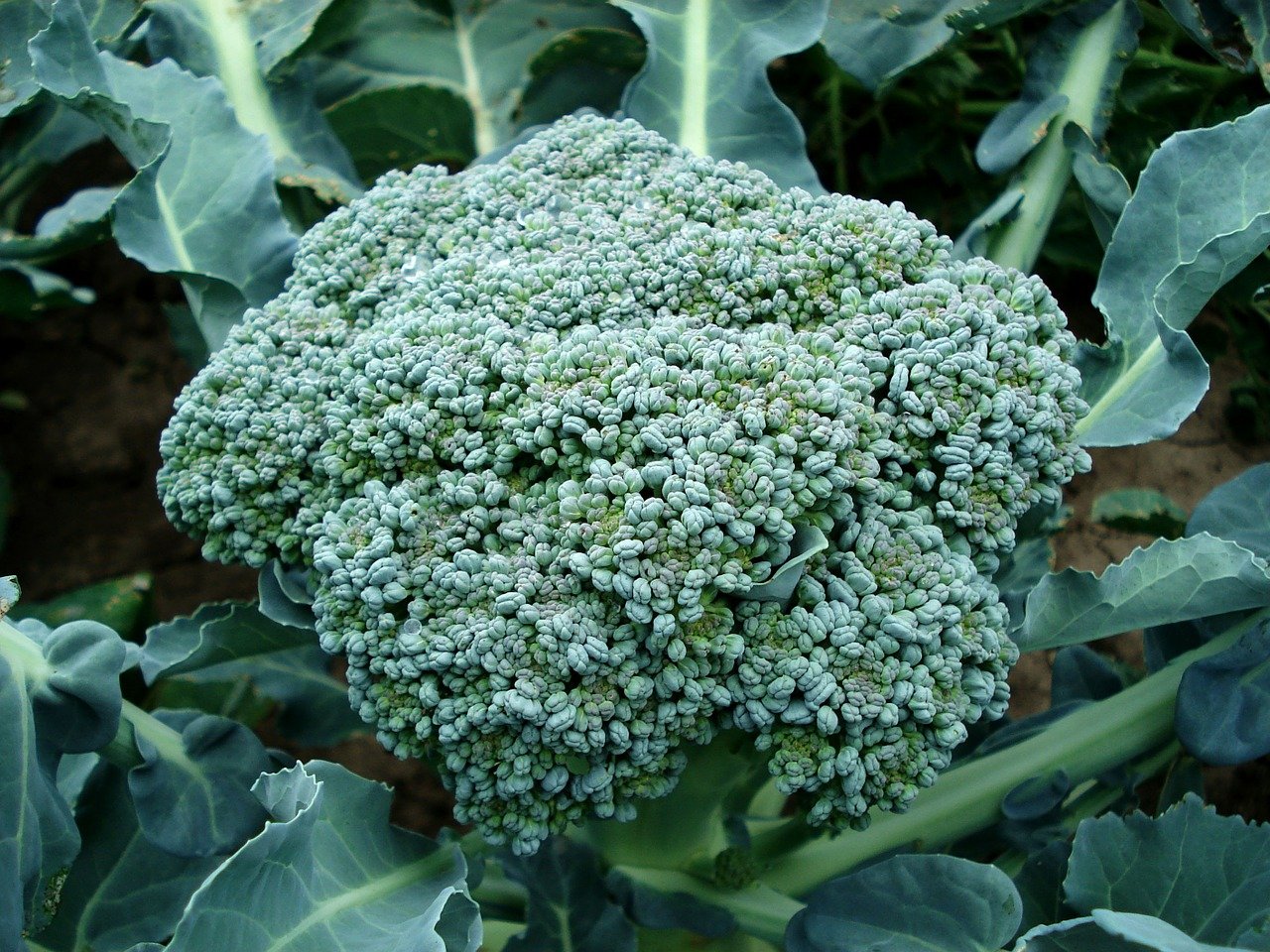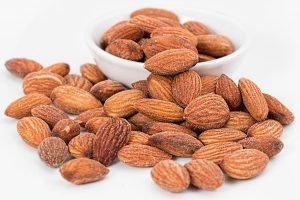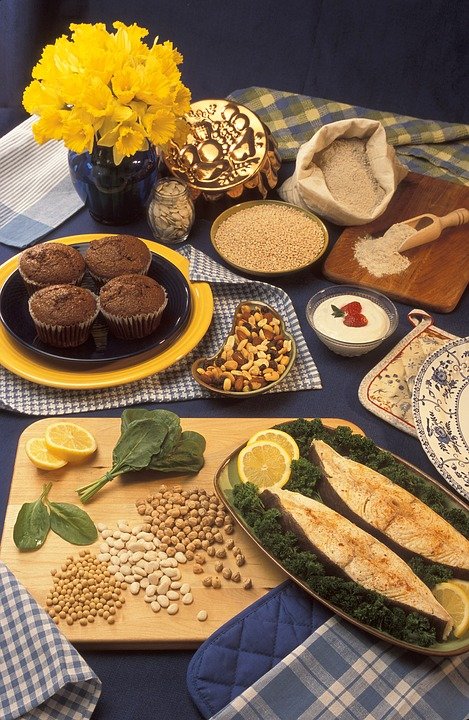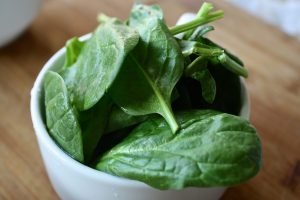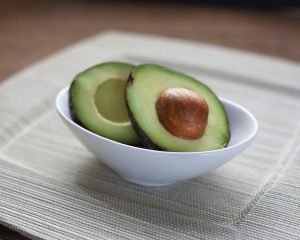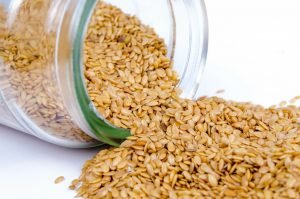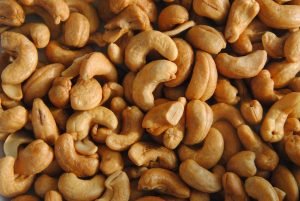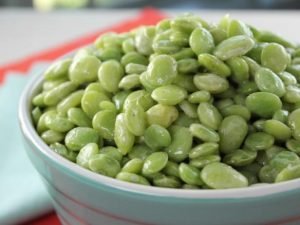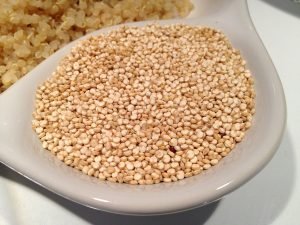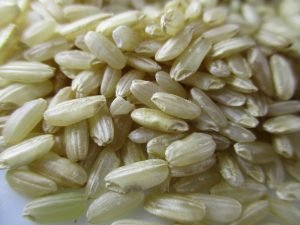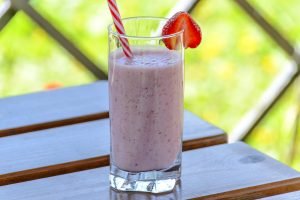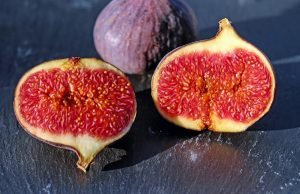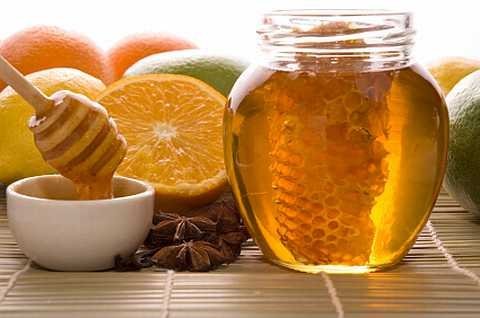Cancer is a disease caused by an uncontrolled division of abnormal cells in a part of the body. According to WHO, it causes 8.2 million deaths that are not related to communicable diseases every year.
Today I’ll discuss how to prevent cancer by your home remedies,
- Whole Grains: Whole grains contains high fiber and anti-oxidants which is widely recommended as a cancer-preventing dietary, especially in colorectal cancer.
- Regular Exercise: Regular exercise is a great way for your body to clean out toxins, release endorphins, boosts your metabolism and improve your immune system.
- Garlic: Garlic is a rich of allicin which is directly linked to a reduction in cancerous cell and reduce the spread of cancerous cell. Allicin is a powerful antioxidant substance that can help lower your chances of many types of cancers, including cancer of the esophagus, colon, and stomach.
- Berries: Eating vegetable and fruits is a fundamental way to prevent cancer but particularly berries have a high concentration of antioxidant nutrients and compounds that can prevent cancer from ever developing, such as anthocyanins, tannins, and flavonols.
- Quit Smoking: If you want to prevent the onset of cancer later in life, you have to quit smoking first. When a cigarette is packed it has dangerous toxins and carcinogens that can greatly increase your chances of developing cancer. Not only lung cancer but also more than a dozen other cancers have been linked to smoking and more than 20% of cancer deaths are related to smoking.
- Tomatoes: Tomatoes has lycopene and most notably lycopene has linked to the prevention of prostate cancer. Prostate cancer in men is the most deadly cancer to the men around the world.
- Green tea: Green tea is an ideal preventive medicine in cancer. Green tea has antioxidant compounds which directly reduce the size of tumors and prevent the spread of mutated cells, helping it stop cancer before it ever starts.
- Spinach: Green leafy vegetable like spinach is many health benefits. Spinach contains beta-carotene, lutein, and These antioxidant compounds can limit the growth of cancerous cells, and promote the overall health of the body.
- Reduce Alcohol Intake: Excessive alcohol intake can weaken your immune system, compromise your liver and generally promote toxicity within the body. Alcohol consumption increases the risk of throat, liver, esophagus, and mouth-cancer so beware of alcohol.
- Turmeric: Turmeric contains active ingredient curcumin which is one of the most powerful ingredients in an anti-cancer diet because it’s been shown to decrease tumor size and fight colon and breast cancer.
- Lose weight: Obesity puts excess strain on all of the body’s systems and can lead to other health conditions like diabetics and heart disease. Obesity is linked to increased risk of many cancers. When the body is weakened, it is easier for free radicals to strike. Therefore, losing some weight, or at least preventing obesity, remains one of the wisest and most effective ways to prevent cancer.
- Broccoli: Broccoli contains sulforaphane, a compound that has been shown to cause tumor cell death and reduce tumor size in test-tube and animal studies. A higher intake of cruciferous vegetables may also be associated with a lower risk of colorectal cancer.
- Carrots: Some studies have found an association between carrot consumption and a decreased risk of prostate, lung and stomach cancer.
- Ginger: Ginger is rich with anti-inflammatory and antioxidant properties. These can neutralize free radicals before they can ever cause your body harm, thereby protecting against a wide range of cancers.
- Oregano: Oregano is able to neutralize carcinogens in the body, due to the presence of carvacrol, the active ingredient of this herb. Research has linked oregano to a slower spread of cancerous cells, and a reduction in the size of tumors.
- Olive oil: Several studies have shown that a higher intake of olive oil may be associated with a reduced risk of certain types of cancer.
- Fatty fish: Fish consumption may decrease the risk of cancer. Fatty fish contains vitamin D and omega-3 fatty acids, two nutrients that are believed to protect against cancer.
- Citrus Fruits: Eating citrus fruits such as lemons, limes, grapefruits, and oranges has been associated with a lower risk of cancer in some studies.
- Flaxseed: Some studies have found that flaxseed may reduce cancer growth in breast and prostate cancers. It is also high in fiber, which may decrease the risk of colorectal cancer.
- Reduce stress: Sometimes stress is helpful to our body. But long-term Stress can weaken our immune system, exhaust our mind, increase oxidative stress, and compromise you’re metabolic By relaxing and reducing anxiety, you can greatly prevent your chances of developing many varieties of this tragic condition.
Some sources also found that supplement, vitamin C and essential oils are also necessary to prevent cancer.

